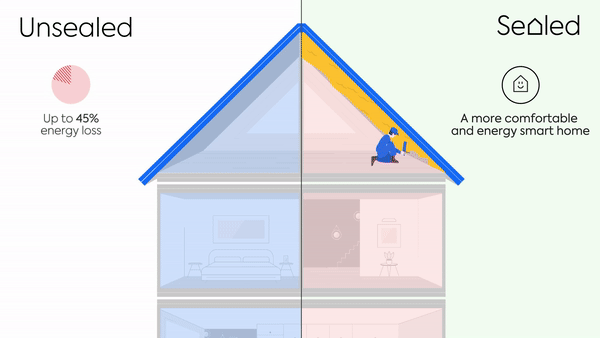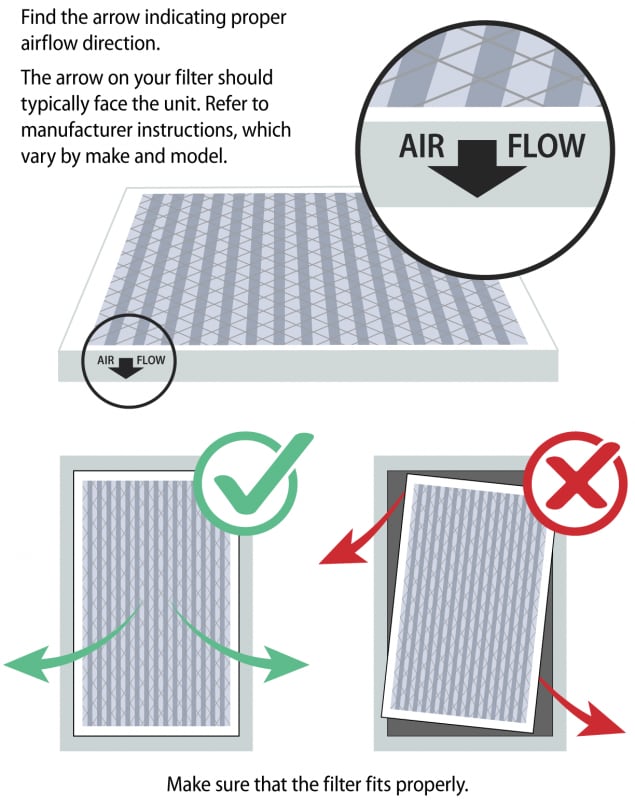Home Ventilation Melbourne Checklist for Allergy and Asthma Sufferers
Comprehending the Significance of Home Air Flow for a Healthier Living Setting
Home air flow plays an important role in maintaining a healthy living atmosphere. It promotes the exchange of indoor and outdoor air, which is very important for enhancing air top quality. Without correct air flow, homes can become reproducing premises for irritants and toxins. The effects of poor air circulation can be substantial. This brings up the inquiry of how house owners can properly apply air flow methods to secure their health and wellness and wellness. Understanding these methods is crucial.

The Essentials of Home Ventilation
Home ventilation works as a necessary part of interior air top quality and convenience. It involves the procedure of trading stagnant interior air with fresh exterior air, thus decreasing humidity and controlling temperature. Proper air flow systems can consist of all-natural approaches, such as open home windows and vents, as well as mechanical systems, such as exhaust fans and air exchangers. Effective home ventilation helps prevent concerns like interior mold growth and the buildup of hazardous particles. It also improves overall energy efficiency, as well-ventilated spaces can preserve comfy temperature levels with much less dependence on home heating and cooling down systems. Recognizing the fundamentals of home ventilation is essential for home owners looking for to develop a healthier living environment for themselves and their family members.

Usual Resources of Indoor Air Pollution

Although several might not understand it, interior air pollution can stem from different sources within a family. Common contributors consist of unstable natural substances (VOCs) emitted from paints, solvents, and cleansing items. House home appliances, such as gas ranges and fireplaces, can launch hazardous gases like carbon monoxide and nitrogen dioxide. In addition, mold and mold flourish in moist locations, releasing spores that influence air high quality. Animal dander, allergen, and pollen can gather inside, further intensifying air pollution degrees. Smoking indoors creates poisonous chemicals that linger airborne. Developing products, consisting of asbestos and formaldehyde, can off-gas harmful substances. Recognizing these sources is necessary for maintaining a healthier indoor atmosphere and advertising efficient air flow approaches.
Wellness Consequences of Poor Air Flow
Indoor air contamination can have considerable wellness ramifications, especially when ventilation is inadequate. Poor ventilation can cause the build-up of unsafe toxins, such as unpredictable natural compounds, mold and mildew, and particulate issue. This buildup might lead to breathing problems, including asthma, allergies, and chronic obstructive pulmonary disease. People may experience signs and symptoms like headaches, tiredness, and irritation of the eyes, nose, and throat. At risk populaces, such as kids and the elderly, are at higher danger for serious wellness impacts. Long-term direct exposure to improperly aerated environments can also add to a lot more severe conditions, including heart diseases. Making certain correct air flow is important for preserving a healthy and balanced living atmosphere and lowering the threat of health problems associated with indoor air pollution.
Effective Air Flow Techniques for Your Home
Correct ventilation is crucial for keeping a healthy indoor setting, and applying effective techniques can greatly boost air quality. Property owners can start by guaranteeing that exhaust fans are mounted in bathrooms and cooking areas to get rid of excess wetness and smells. Opening up windows frequently allows fresh air to flow, specifically throughout light climate. In addition, utilizing air i thought about this purifiers with HEPA filters can help capture air-borne contaminants. For homes with heating and cooling systems, keeping a/c systems and altering filters frequently is essential for peak efficiency. Integrating natural ventilation techniques, such as cross-ventilation, can additionally enhance air flow. Ultimately, securing any leakages in home windows and doors stops unwanted drafts, which can interfere with controlled airflow, ultimately resulting in enhanced indoor air top quality and convenience.
Keeping Ideal Air Top Quality Year-Round
To preserve optimal air quality year-round, property owners should embrace an aggressive strategy to handling their interior atmosphere. On a regular basis keeping an eye on interior air high quality is vital; this includes monitoring for toxins such as dirt, mold and mildew, and unstable organic compounds (VOCs) Carrying out efficient air flow systems, such as exhaust fans and air purifiers, can significantly decrease airborne impurities. In addition, routine maintenance of HVAC systems warranties peak efficiency and air flow. Property owners should also take into consideration moisture levels, as too much wetness can result in mold development. Seasonal changes might necessitate changes in air flow techniques to suit differing outdoor air top quality. By prioritizing these practices, home owners can produce a healthier space, promoting total wellness for all occupants throughout the year.
Regularly Asked Questions
Just How Can I Tell if My Home Needs Much Better Ventilation?
To establish if a home calls for much better air flow, one must observe indications such as persistent moisture, mold and mildew development, moldy odors, condensation on home windows, or boosted allergic reaction signs, suggesting inadequate air flow and potentially poor indoor air top quality.
What Are the Indicators of Poor Indoor Air Quality?

Can Houseplants Improve Indoor Air Quality Effectively?
The performance of houseplants in improving interior air quality is questioned. While some studies recommend they can soak up contaminants and create oxygen, their overall influence may be minimal contrasted to correct ventilation and air purification systems.
How Commonly Should I Modification My Air Filters?
The regularity of air filter changes normally relies on usage and filter type. Usually, it is recommended to change filters every three months, though households with family pets or allergic reactions might require more constant changes for excellent performance.
Exist Any Details Ventilation Solutions for Allergy Sufferers?
Several ventilation systems, such as HEPA-filtered units, efficiently reduce allergens airborne. Check This Out Home Ventilation Melbourne. These systems catch plant pollen, family pet, and dust dander, providing allergic reaction victims with a cleaner, much healthier interior setting while managing air quality successfully
It assists in the exchange of interior and outside air, which is crucial for boosting air high quality. Home air flow serves as a crucial part of interior air high quality and comfort. It involves the procedure of trading stale indoor air with fresh outdoor air, thereby reducing moisture and managing temperature. Interior air contamination can have considerable health implications, specifically when air flow is inadequate. Proper air flow is crucial for preserving a healthy interior atmosphere, and executing effective approaches can greatly boost air high quality.